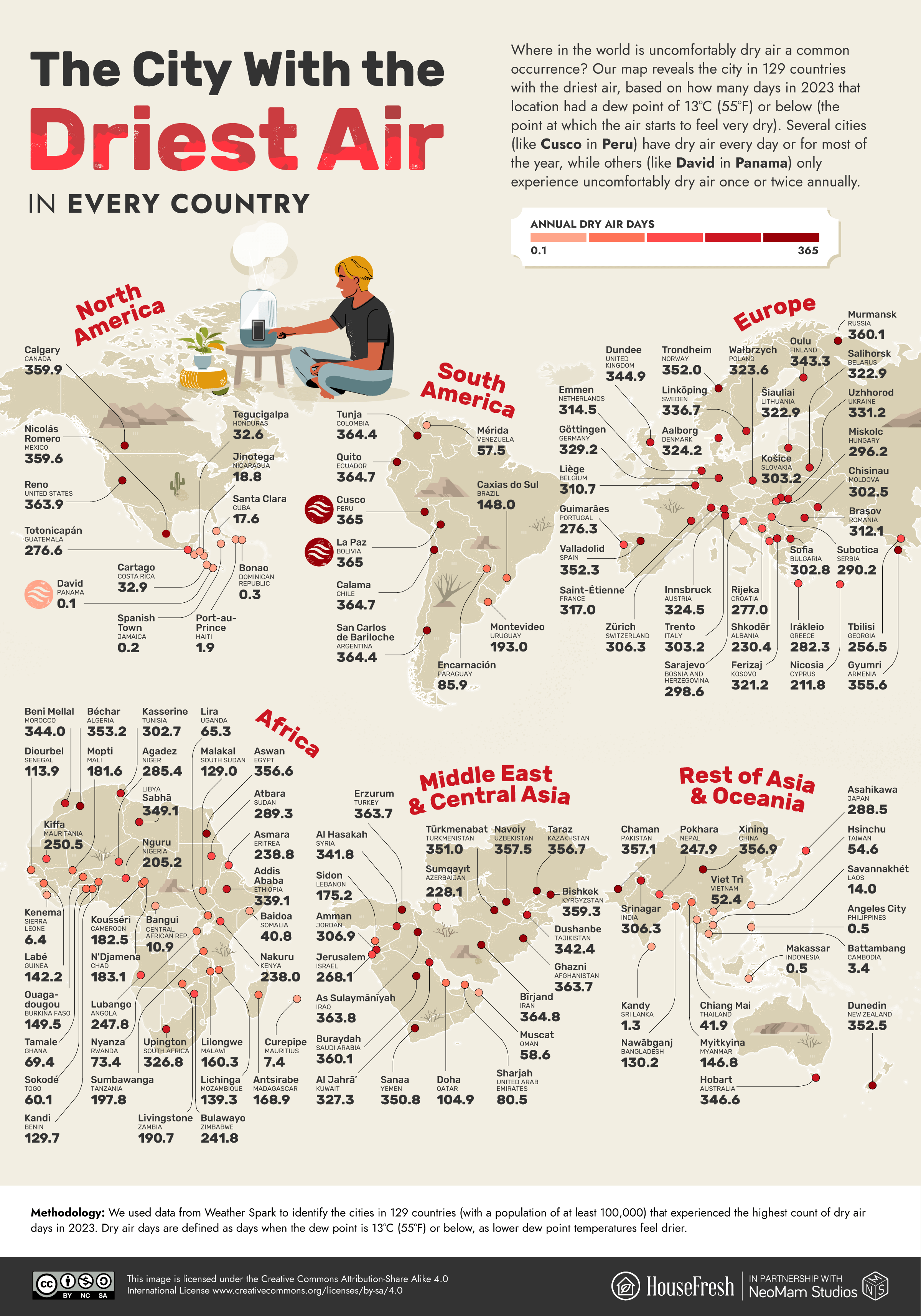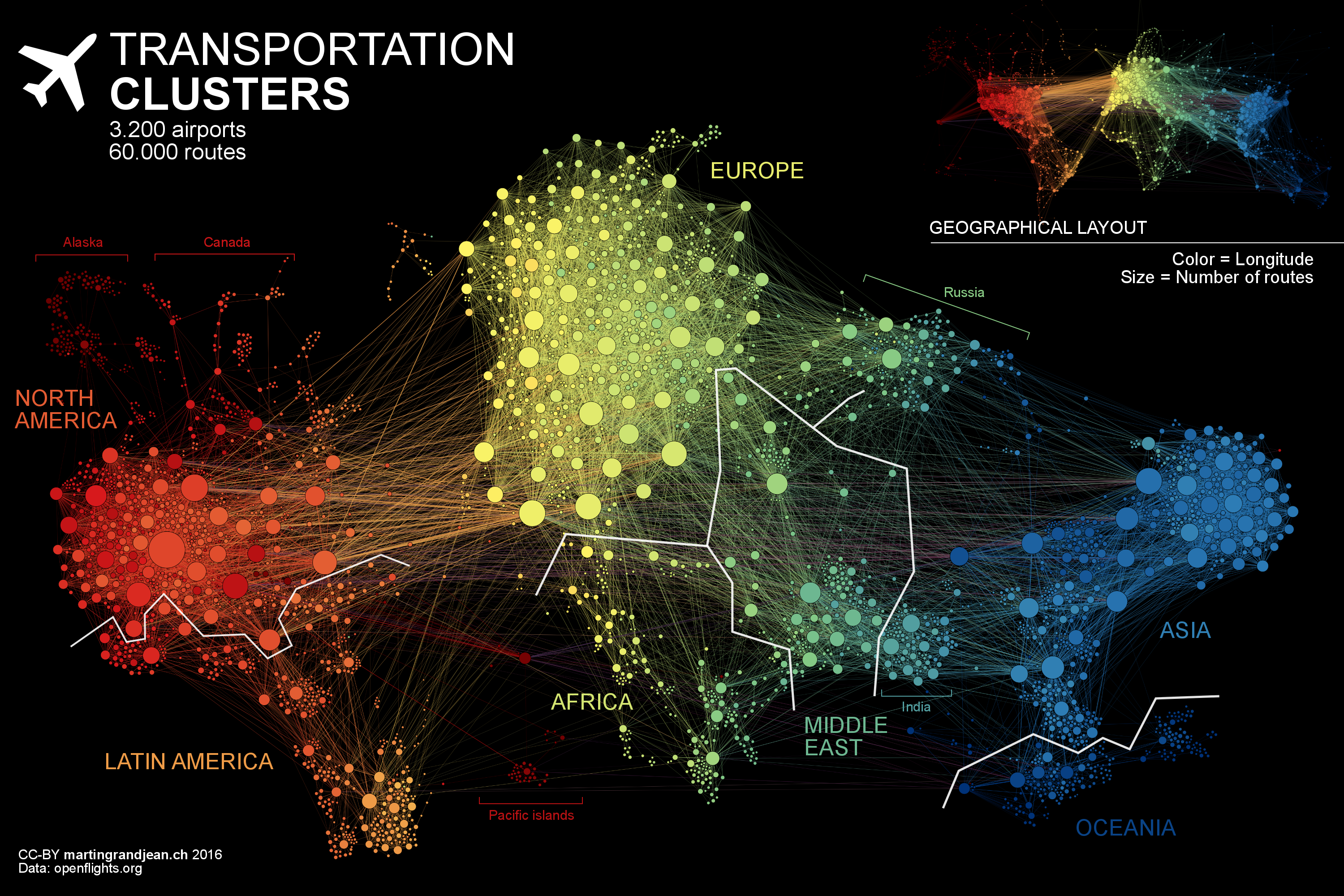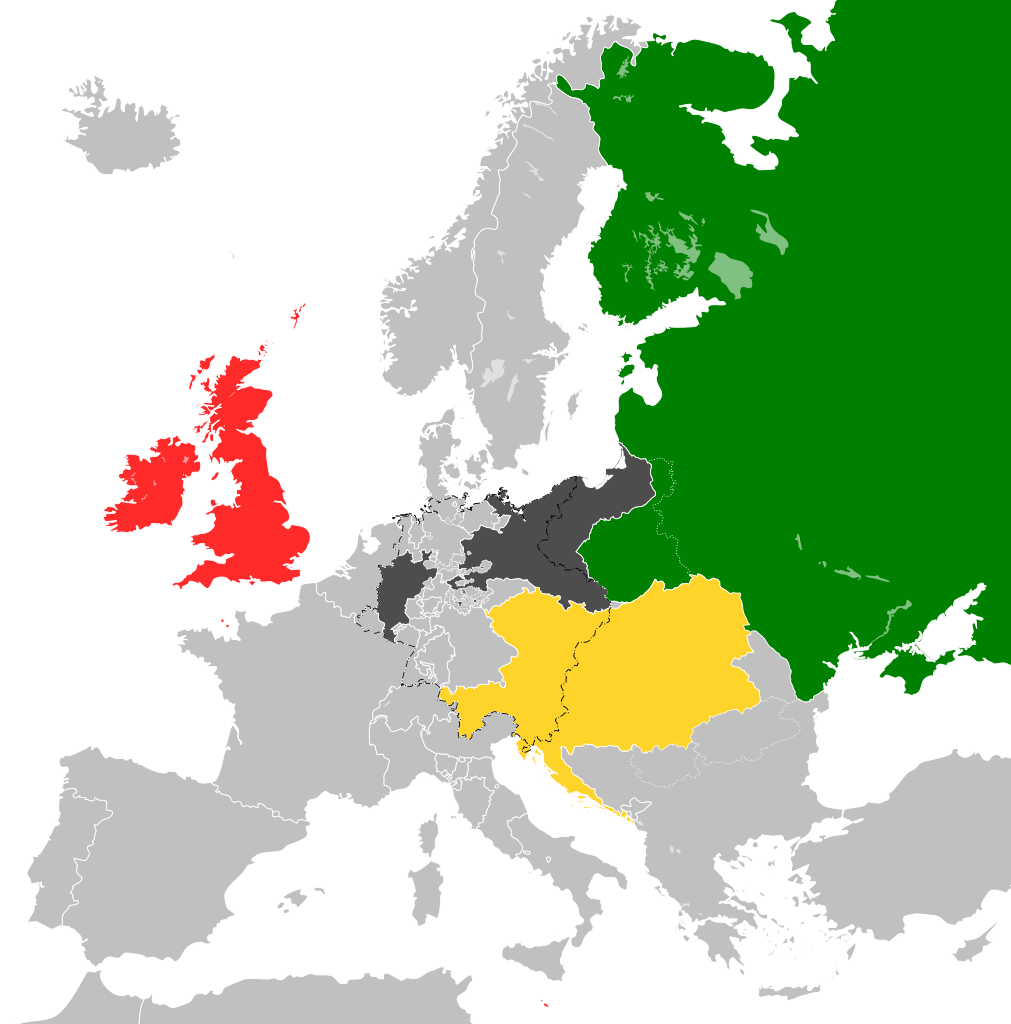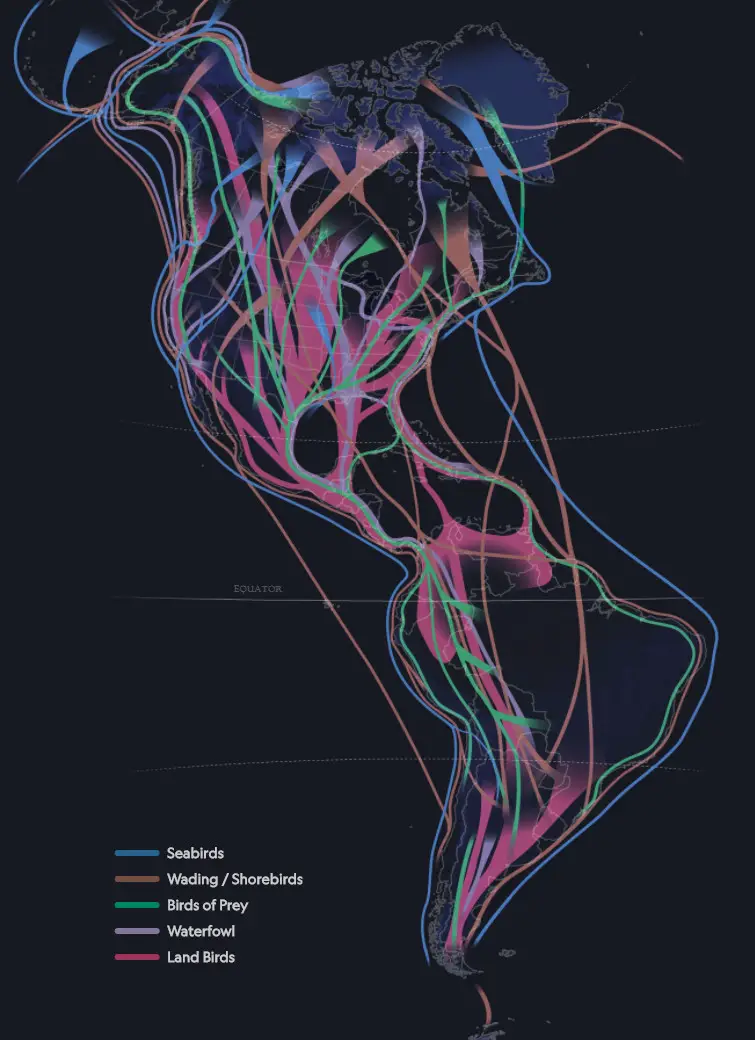The distance WWII fighters can fly from the United Kingdom mainland
When Britain stood alone against Nazi Germany in 1940, the range of fighter aircraft became a matter of life and death. These circles on the map didn’t just represent flying distances – they marked the boundaries between victory and defeat in the air war over Europe. Each extension in range, whether through improved aircraft design or additional fuel tanks, opened up new possibilities for Allied air power.
What started with Spitfires defending British skies eventually grew into long-range escort missions deep into enemy territory, thanks to innovations like the P-51 Mustang. Here’s how far each fighter could reach from British bases:
The map below shows the distance WW2 fighters can fly from the UK mainland.
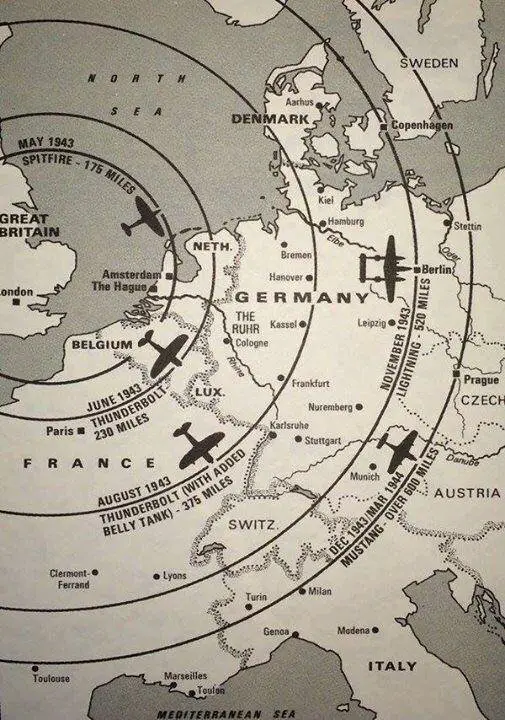
These range capabilities shaped RAF and USAAF strategy throughout the war. The limited range of the Spitfire meant it excelled in defending Britain but struggled to escort bombers to distant targets. This problem wasn’t fully solved until the arrival of the P-51 Mustang in late 1943, which could escort bombers all the way to Berlin and back.
A lesser-known fact: pilots would often use rivers, railways, and distinctive coastlines to navigate these long distances in an era before GPS. Getting lost over enemy territory wasn’t just dangerous – it could be fatal if fuel ran low.
Here are the most popular aircraft during WW2:
Spitfire (175 miles)
A British single-seat fighter aircraft used by the Royal Air Force. Many variants of the Spitfire were built, using several wing configurations, and it was produced in greater numbers than any other British aircraft. The Spitfire’s distinctive elliptical wing has the thinnest possible cross-section, helping give the aircraft a higher top speed than several contemporary fighters.
Maximum speed: 370 mph (595 km/h). Combat radius: 470 mi (756 km). Ferry range: 1,135 mi (1,827 km). Service ceiling: 36,500 ft (11,125 m). Rate of climb: 2,600 ft/min (13.2 m/s). Wing loading: 27.35 lb/ft2 (133.5 kg/m2). Power/mass: 0.22 hp/lb (0.36 kW/kg). Unit cost: £12,604 / $50,955 (1944).
Thunderbolt (230 miles)
The Republic P-47 Thunderbolt was effective as a short-to-medium range escort fighter in high-altitude air-to-air combat and ground attack. Its primary armament was eight .50-caliber machine guns and in the fighter-bomber ground-attack role, it could carry five-inch rockets or a bomb load of 2,500 pounds (1,103 kg). When fully loaded the Thunderbolt weighed up to eight tons (tonnes) making it one of the heaviest fighters of the war.
Maximum speed: 433 mph (697 km/h). Range: 800 mi combat, 1,800 mi ferry (1,290 km / 2,900 km). Service ceiling: 43,000 ft (13,100 m). Rate of climb: 3,180 ft/min (16.15 m/s). Wing loading: 42.43 lb/ft2 (207 kg/m2). Power/mass: 0.204 hp/lb (335 W/kg). Unit cost: $83,000 (1944).
Thunderbolt with added belly tank (375 miles)
Lightning (520 miles)
The Lockheed P-38 Lightning is an American piston-engined fighter aircraft used for interception, dive bombing, level bombing, ground attack, night fighting, photo reconnaissance, radar and visual pathfinding for bombers and evacuation missions, and extensively as a long-range escort fighter when equipped with drop tanks under its wings. The P-38 was unusually quiet for a fighter since the turbo-superchargers muffled the exhaust. It was extremely forgiving and could be mishandled in many ways, but the roll rate in the early versions was too low for it to excel as a dogfighter.
Maximum speed: 414 mph (666 km/h). Range: 1,300 mi (2,100 km) combat (1,770 mi / 3,640 km. Service ceiling: 44,000 ft (13,400 m). Rate of climb: 4,750 ft/min (24.1 m/s). Wing loading: 53.4 lb/ft (260.9 kg/m²). Power/mass: 0.16 hp/lb (0.27 kW/kg). Unit cost: $97,147 (1944).
Mustang (over 600 miles)
The P-51 Mustang is an American long-range, single-seat fighter and fighter-bomber. Mustang pilots claimed to have destroyed 4,950 enemy aircraft during World War II. The Mustang remained in service with some air forces until the early 1980s.
Maximum speed: 440 mph (708 km/h). Range: 1,650 mi (2,656 kilometers). Service ceiling: 41,900 ft (12,800 m). Rate of climb: 3,200 ft/min (16.3 m/s). Wing loading: 39 lb/sqft (192 kg/m²). Power/mass: 0.18 hp/lb (300 W/kg). Unit cost: $50,985.
Relevant Amazon product links:
- “The Second World War Map by Map” by DK – A comprehensive atlas showing major WWII battles and campaigns
- “Spitfire: A Very British Love Story” by John Nichol – Detailed history of Britain’s most famous fighter
- “The P-51 Mustang: Development, Variants and Performance” by Malcolm V. Lowe – Technical and operational history
- “Aircraft of World War II: 300 of the World’s Greatest Aircraft 1939-1945” by Michael Sharpe – Illustrated guide to WWII aircraft

